Accurate PCF data through automated processes, TÜV-certified methodology, and ISO 14067 compliance. Less complexity and more transparency for customers and stakeholders.



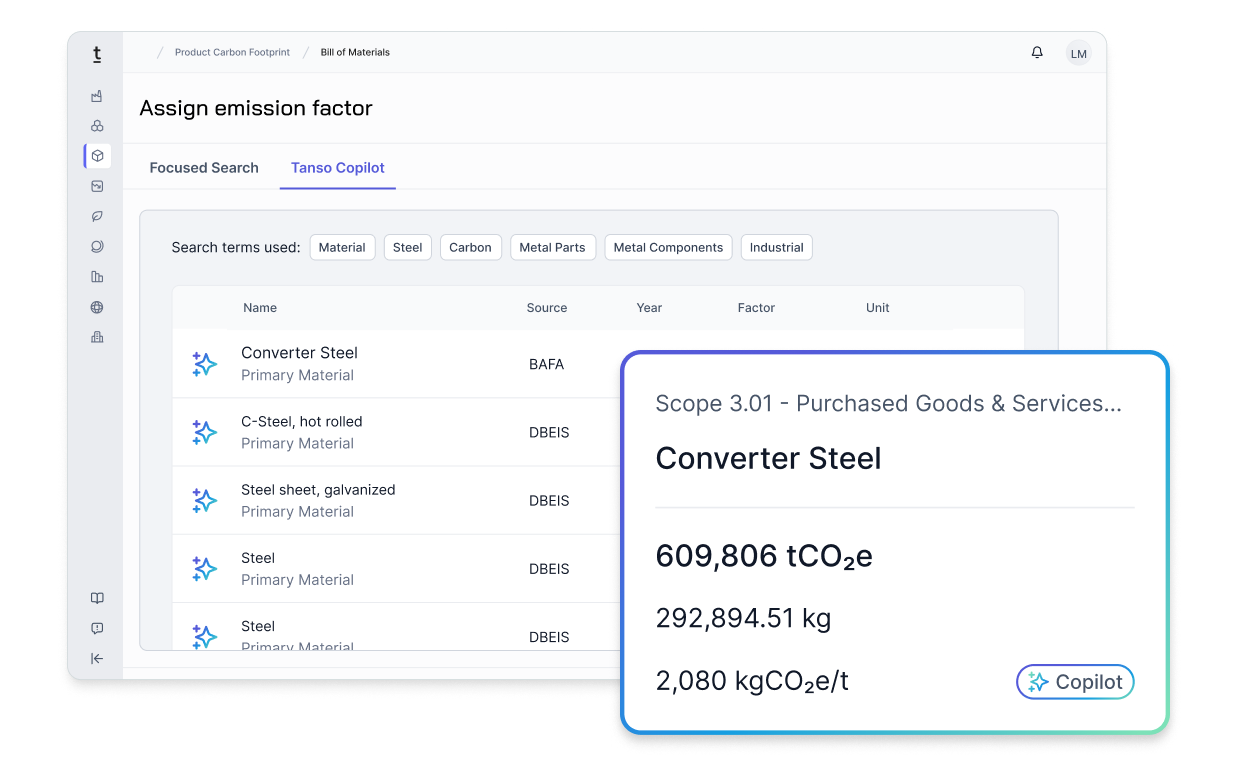

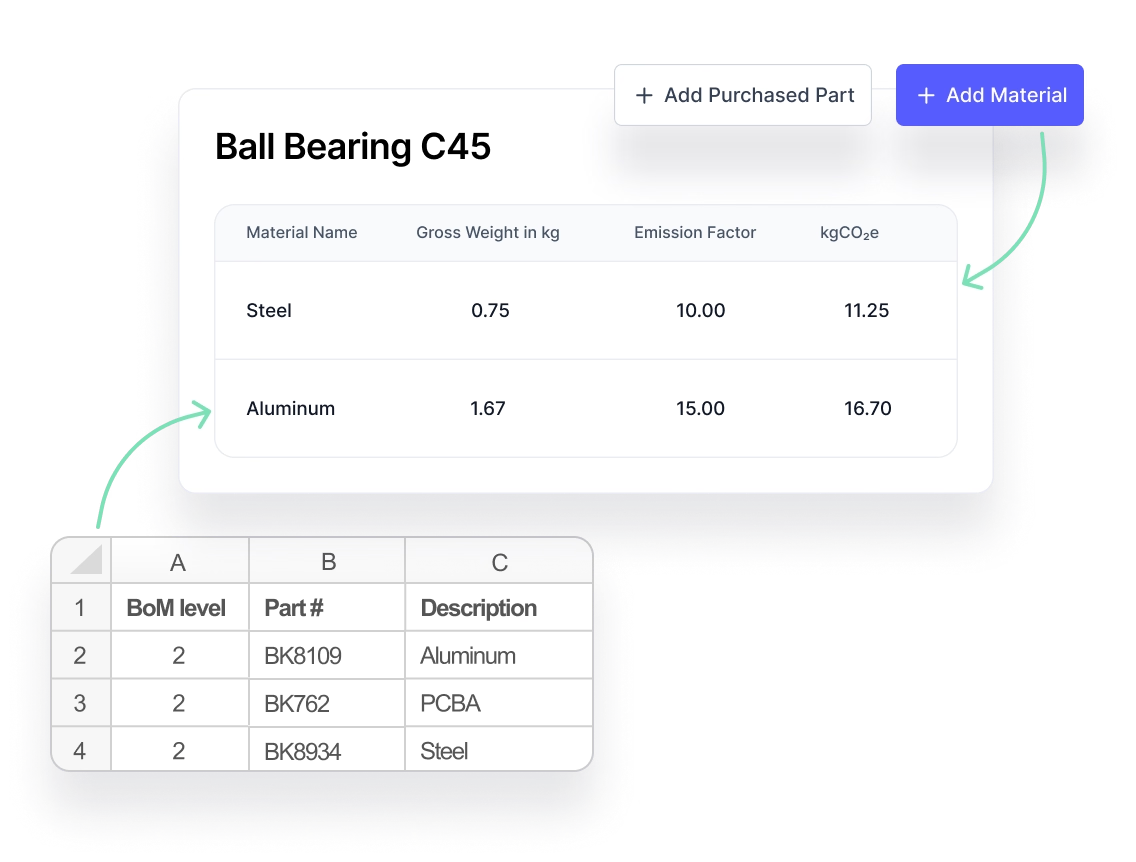

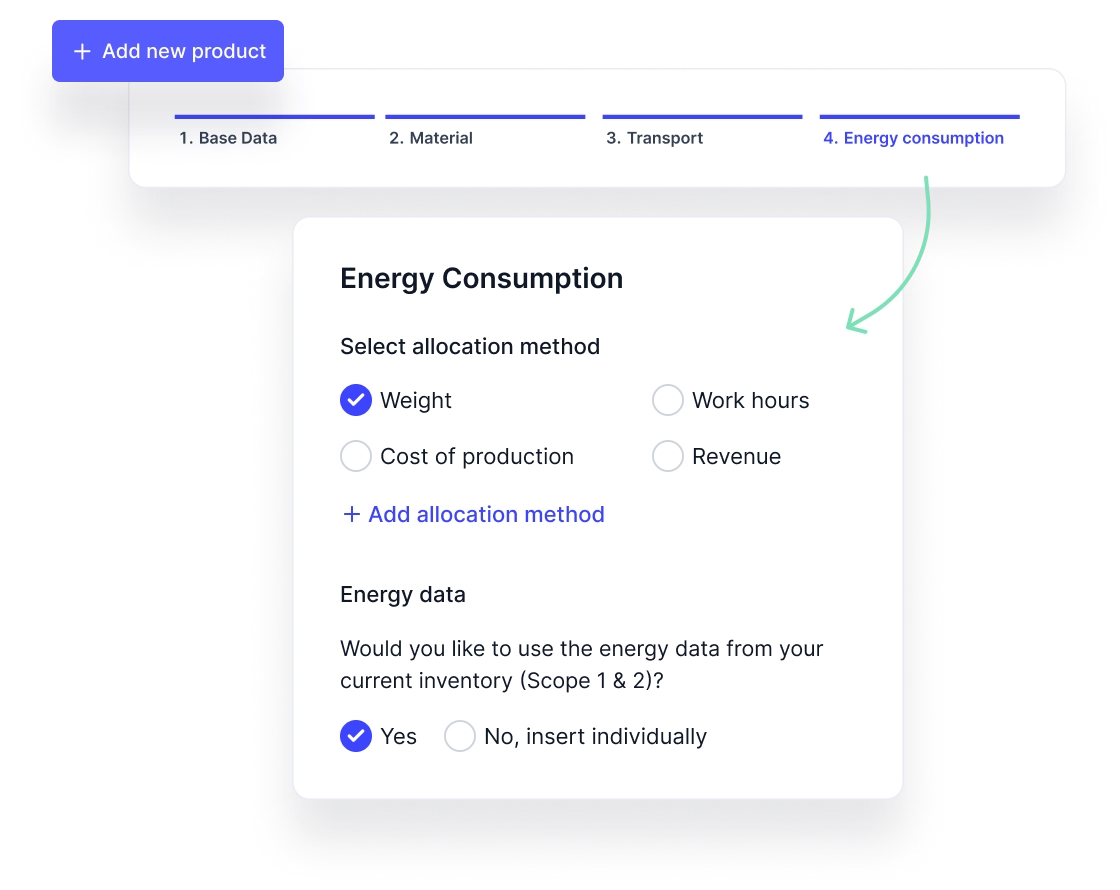

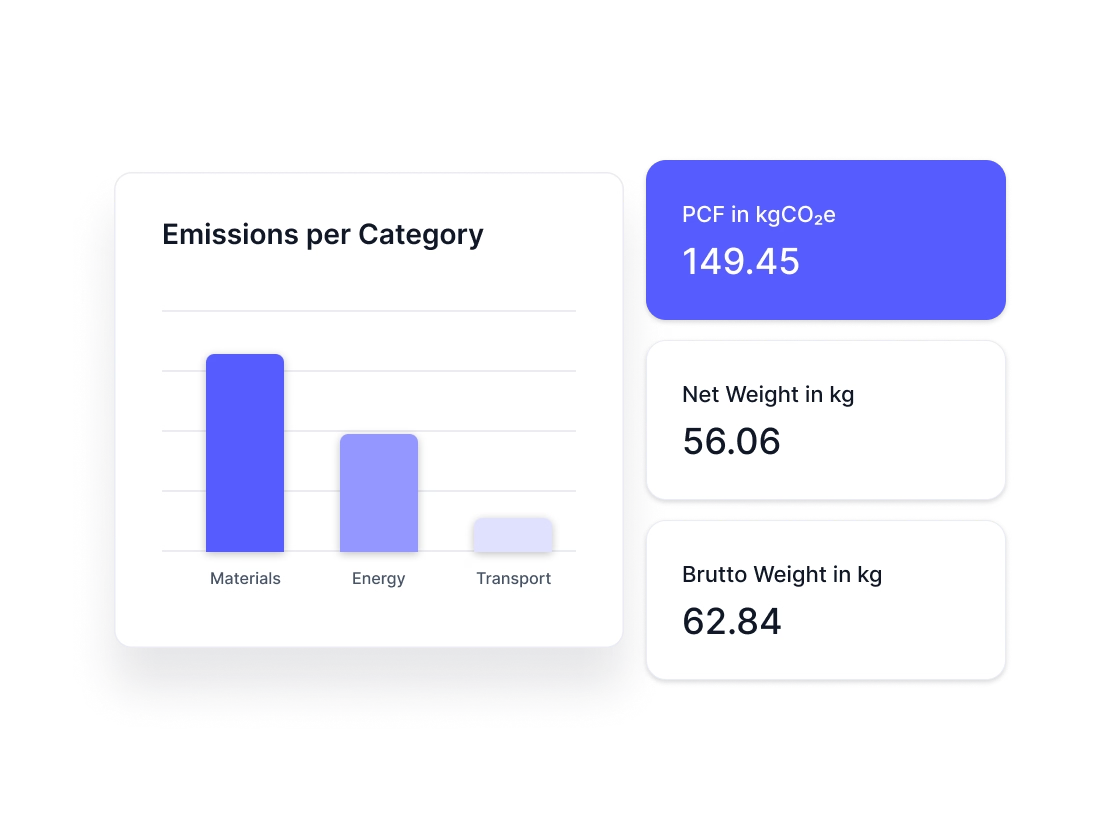

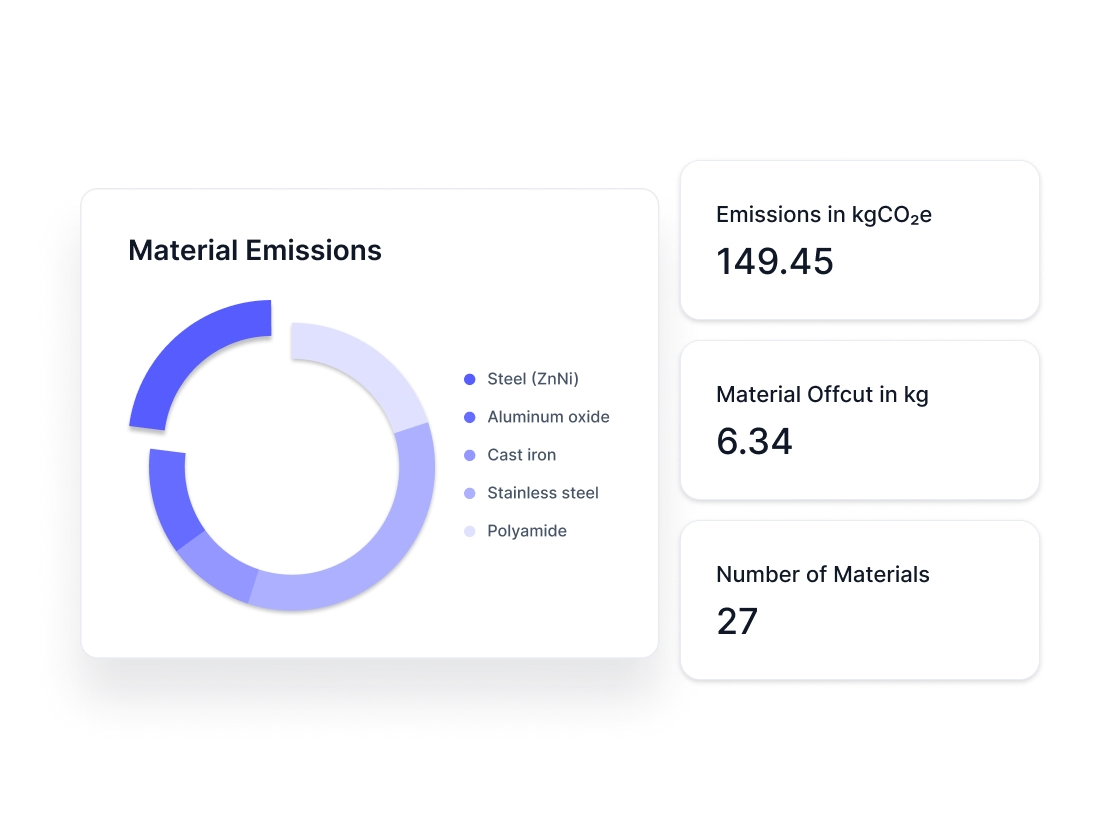









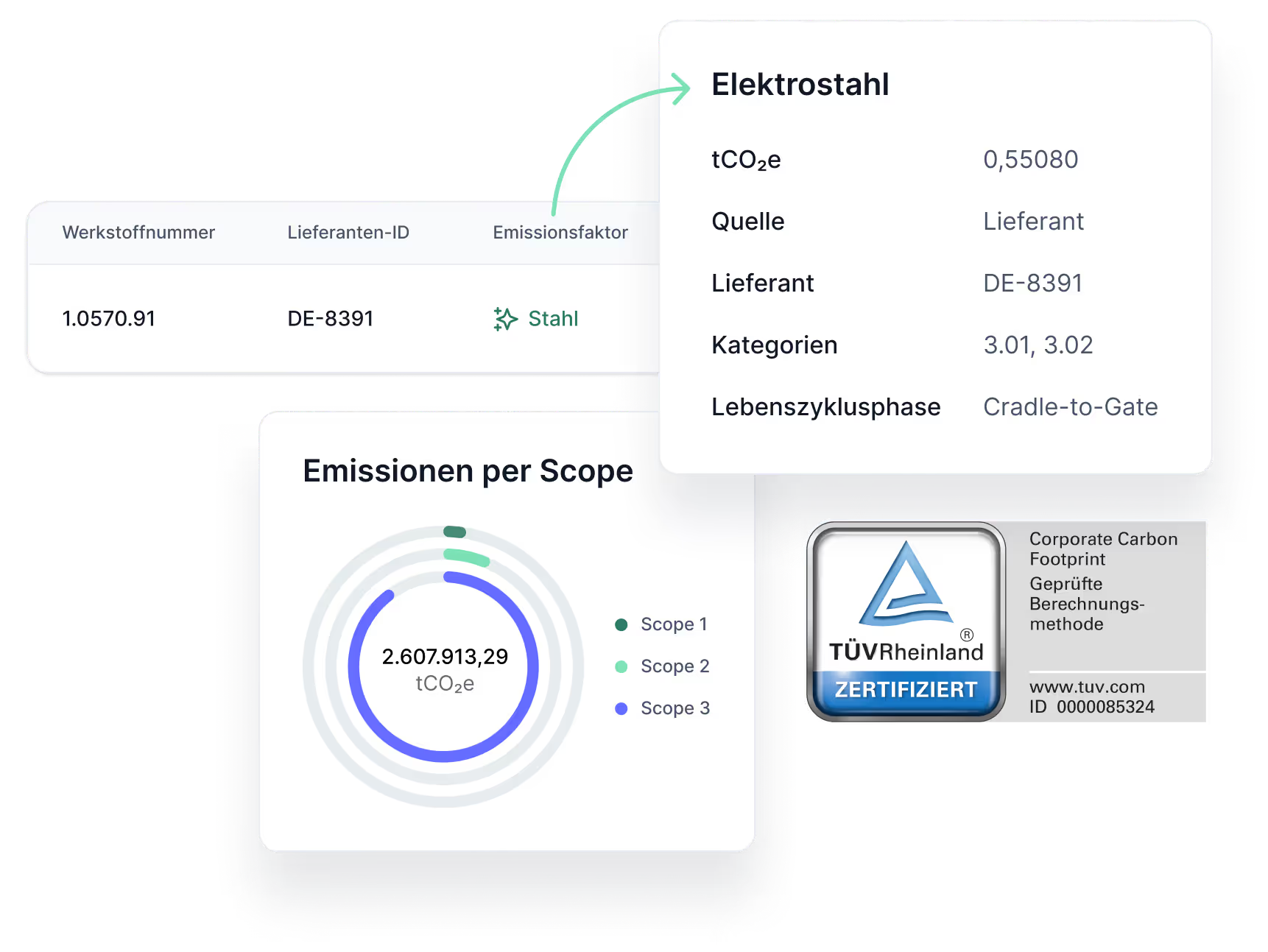







Implementation, regulatory details, and more. You can find the answers to all of this here.
The corporate carbon footprint (CCF) is a key indicator for supplier portals and rankings/ratings. OEMs are increasingly demanding transparent and measurable sustainability data in order to reduce the environmental impact along the value chain. It is also crucial in assessment models such as those of EcoVadis or the CDP, as these take climate performance into account as an important criterion.
The following is an excerpt from the available databases:
GHG protocol: A globally recognized standard for recording and reporting greenhouse gas emissions.
ISO 14064: Focuses on quantifiable, auditable reporting at company level.
ISO 14067: Refers specifically to the greenhouse gas balance of products.
CDP: Platform for disclosing environmental information such as emissions and climate risks.
GRI: Standards for comprehensive sustainability reporting, including environmental, social and governance issues.
Scope 3 emissions account for around 90% of a corporate carbon footprint, but the data is often difficult to access. Its collection requires close cooperation with suppliers, and complex calculation methods lead to uncertainties in accuracy.